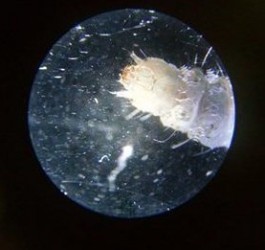
We recently received a question through the All About Worms Facebook page about what we think might be inchworms (occasionally spelled as “inch worms”). The inchworm, if it even is an inchworm, is brown and quite small, and to get a better view of it, the reader put it under a microscope and sent us the magnified image. Below we explain what an inchworm is, and we also explain why we think our reader might have found one.
We’ll begin by taking a look at the pictures our reader submitted. Here is the image taken through the microscope:
And here is the photo of the entire creature:
We were able to magnify the image slightly without compromising the resolution too much, but obviously it is still quite small. Nevertheless, you can see the creature pretty clearly, and most importantly you can see the arch in its body, which is precisely why we think he found an inchworm.
Despite their name, inchworms are not actually worms. Instead, they are the larval form of geometer moths, making them a type of caterpillar. Like most caterpillars, inchworms have prolegs, and the prolegs of the creature above (on the posterior end of its body) are playing a role in the movement that the above image captures. More precisely, the prolegs of inchworms serve a “planting” function. They grip the ground, which allows the front end of the inchworm to stretch forward and grab the ground with its thoracic legs. Once the front legs have found secure ground, the inchworm pulls the back end of its body forward, causing the middle part of its body, which has no legs, to arch up. With the posterior prolegs and the frontal thoracic legs alternating in this way, the larva “inches” forward, and hence the name “inchworm.” The image appears to show a creature moving in this way, and that’s why we think our reader found an inchworm.
There are, however, 35,000 species of inchworm in the world, so identifying any given species is quite difficult, which our reader may or may not be interested in doing. If so, he might begin by looking into the common species in whatever part of the world he happens to live. This will narrow the range of possibilities, although it may still not be possible to identify an exact species. One thing we can say is that the inchworm our reader found may be fairly early in its life cycle given its small size. Many inchworm species live up to their name by growing to be about an inch in length (2.5 centimeters), and while some can remain small for the entire larval stage of their life, the creature above seems especially tiny. (A microscope was needed to get a clear image of its head, after all.)
Unfortunately, we can’t be more specific with our answer, and in fact he may not have even found an inchworm, but this seems like the most promising suggestion based on the images we were given to examine. If he cares to investigate the matter further, we recommend he look into the inchworm species that live in his part of the world.
All About Worms is always free, always reader-supported. Your tips via CashApp, Venmo, or Paypal are appreciated! Receipts will come from ISIPP Publishing.
You might also find these guys interesting!

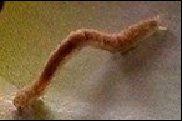



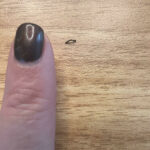
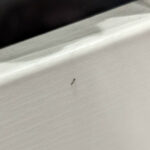
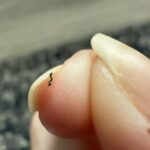
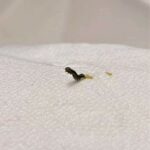


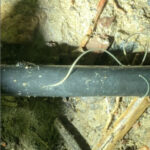
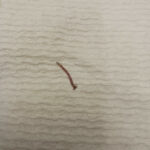

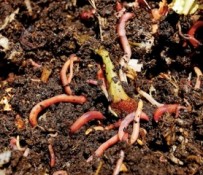



What do the eggs look like?